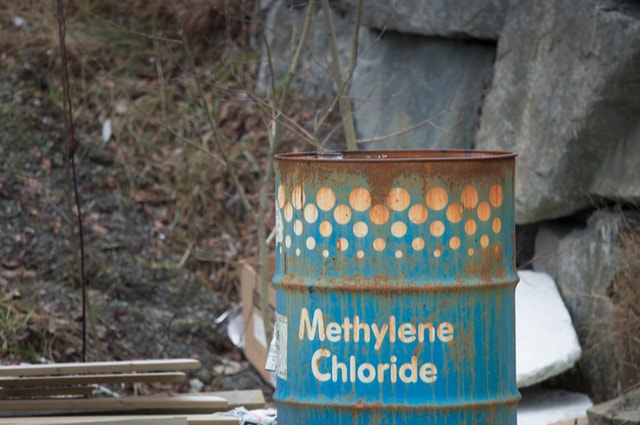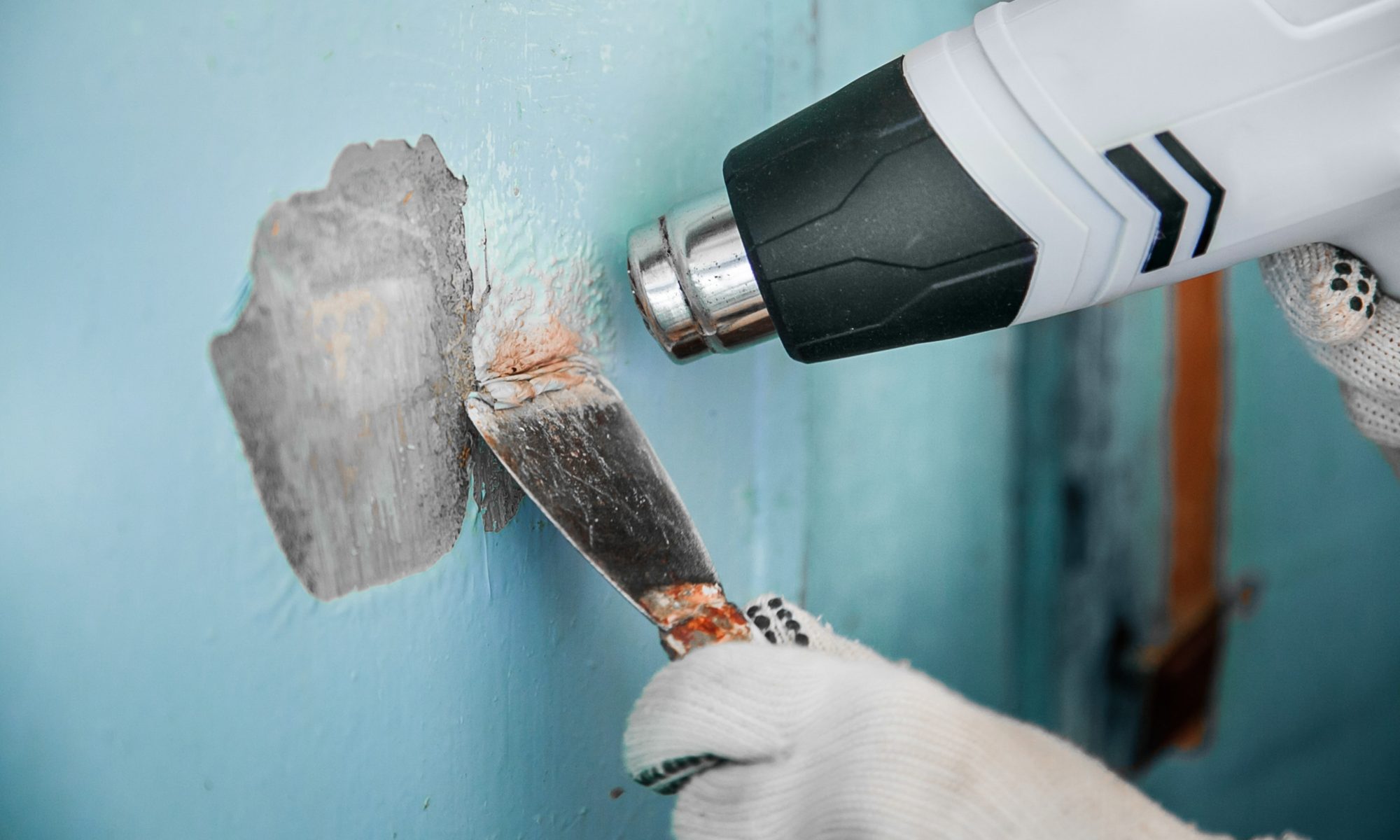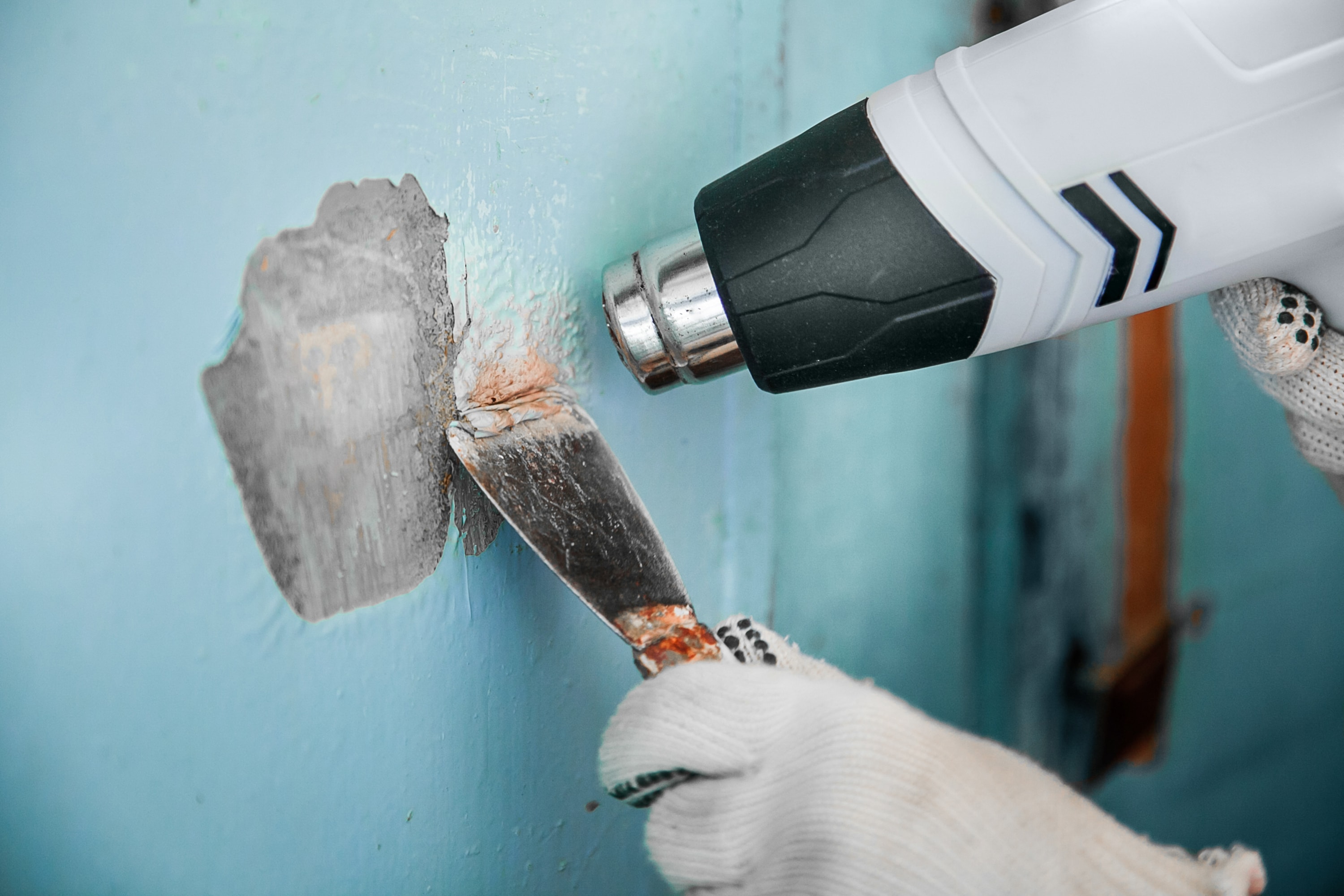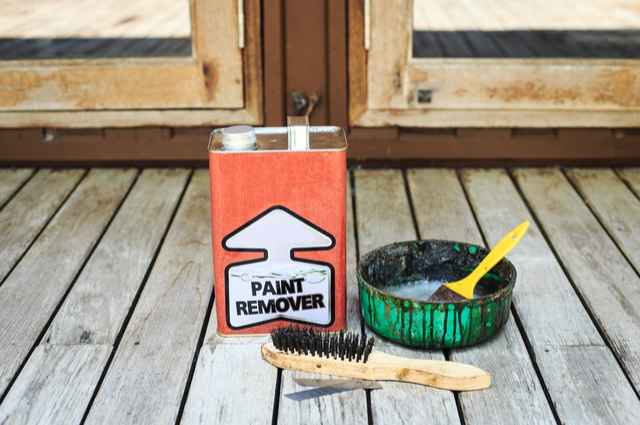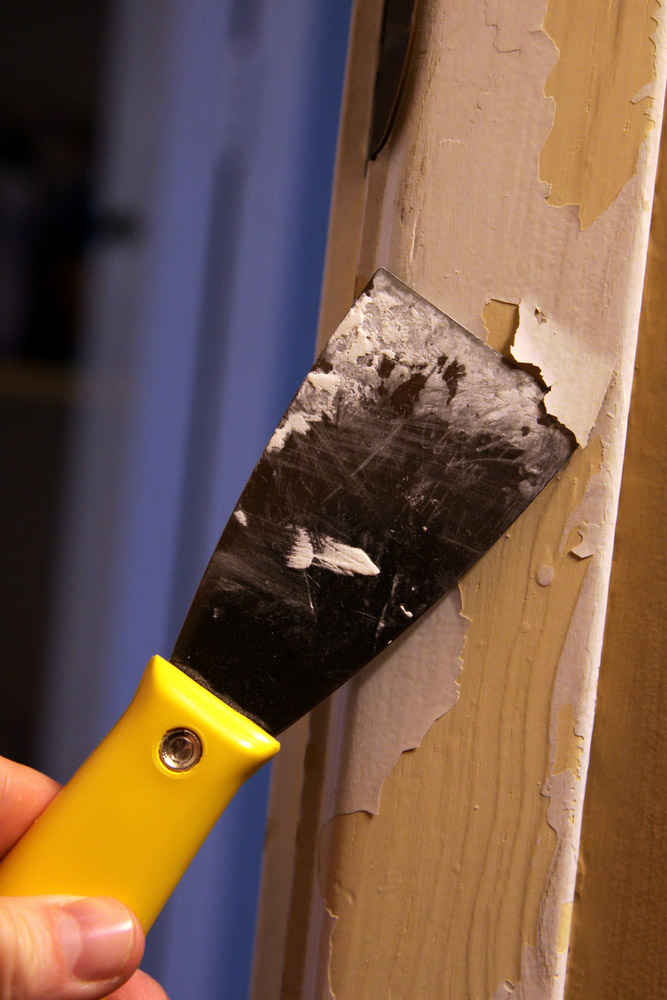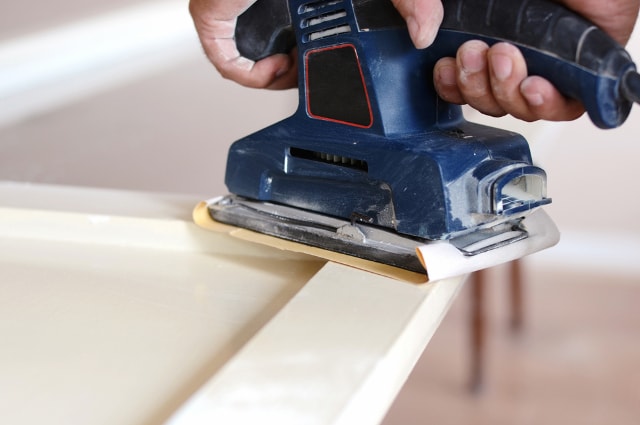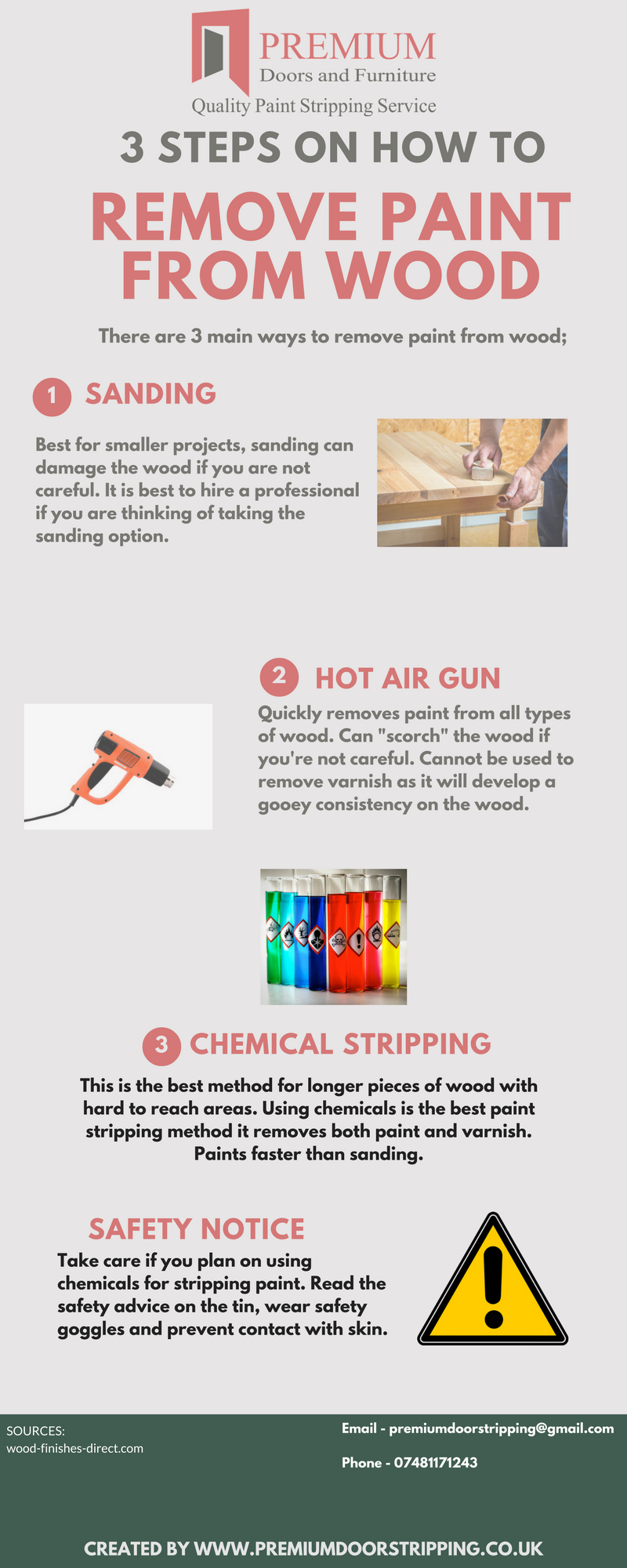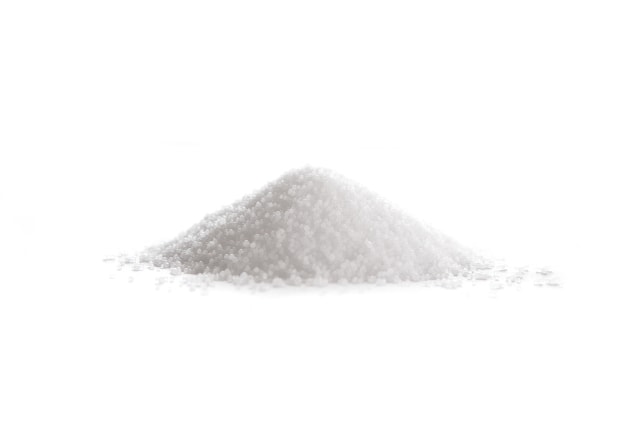Door Dipping: All You Need To Know
Why Choose Dipping Over Manual Stripping?

If you have a house whose wooden doors date back to the mid-20th century or earlier, chances are they’ve been repainted several times and are starting to spot a worn appearance. One common way of restoring the original texture of the wood is by manual stripping, usually involving the use of sandpaper. Researchers have however warned of the health complications that could arise due to the manual stripping of old furniture, especially those repainted pre-1960s. Old paint is likely to contain lead. Prolonged exposure to lead has multiple negative health implications. Dipping is a safe stripping alternative to manual stripping and paintbrush stripping. At Premium Door Stripping, we use top-quality warm tanks for door and furniture stripping.
How Does Door Dipping Work? : The Process of Door Stripping at Premium Door Stripping
The dipping process takes place at our UK-based workshop. The tanks contain a caustic mixture that can detach old paint from the wood for up to 15 doors at a time within 30-45 minutes. A pressure cleaner is then used to wash off the solution alongside the now-dissociated old paint. We then let the doors dry naturally thereafter, to avoid warping and twisting.
What’s Next After Door Stripping?
There are a few care and maintenance procedures to be followed after the stripping process completes. First is the sanding process which helps revert the grainy texture of the wood caused by the dipping process. Sanding also facilitates smooth wood finishes. Also, our personnel ensures that residue material like filler is cleaned off for a visually appealing finish. However, one can opt to have their doors stay with the post-stripping look, especially if the goal is to achieve a rustic appearance.
Treatment and Finishes
Premium Door Stripping offers door treatment services where you can either choose to have your doors waxed, varnished or stained. Waxing has both a functional and aesthetic purpose, as it highlights the beautiful grainy feel of the wood material while protecting the wood from dampness. Varnishing is mostly ideal for pine wood doors as the glossy finish nicely complements the material. We recommend staining if you’re going for variety as the available wood stain colours are plenty. Finally, you can have your doors re-painted for a reinvigorated look.
Contact us Today!
If you need to bring your wooden doors back to their original glory, give us a call today on 07481 171 243 or mail us at premiumdoorstripping@gmail.com. Our agents shall offer you a price quotation and explain the procedure. We also offer fireplace restoration services.




